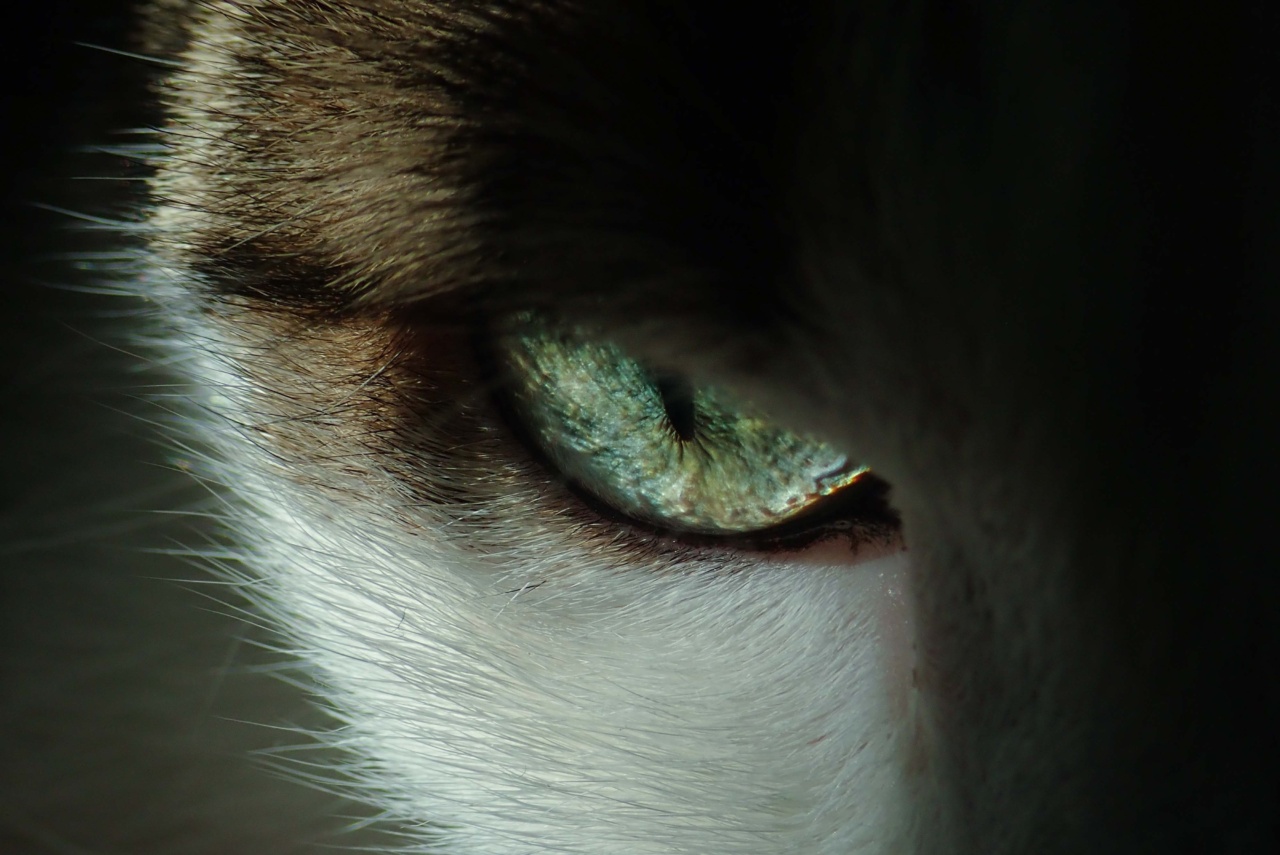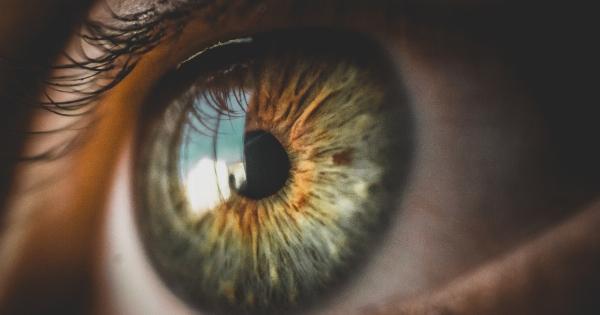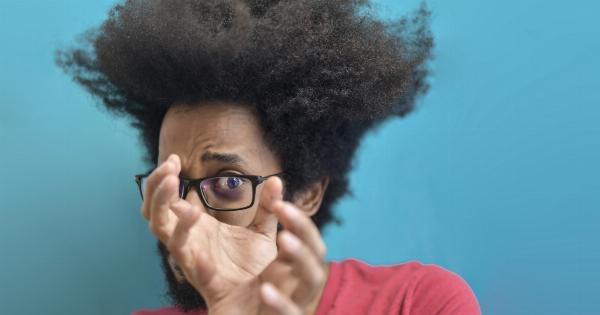David Bowie, the iconic musician, actor, and fashion icon, fascinated the world with his unique and ever-changing persona. He was known for pushing boundaries and challenging societal norms, both musically and visually.
One of the aspects that added to his mystique was his enigmatic eye color, which seemed to change with every appearance. This article explores the intriguing phenomenon of David Bowie’s eye color and the various theories surrounding it.
The Natural Eye Color
David Bowie was born with heterochromia, a condition where the iris of one eye has a different color than the other. His left eye had pigmentary anisocoria, making it appear permanently dilated.
As a result, his left eye had a vibrant blue color, while his right eye was a deep brown. The stark contrast between the two colors added to Bowie’s striking appearance and became an integral part of his stage persona.
Contact Lenses
While Bowie’s natural eye color was intriguing enough, he often enhanced his look by wearing different colored contact lenses.
The use of contact lenses allowed him to further experiment with his appearance, create different characters, and embody various personas. Whether it was deep green, bright blue, or striking hazel, Bowie’s eyes captivated his audience, leaving them wondering what color they would see next.
Musical Alter Egos
David Bowie was no stranger to reinvention and embraced a multitude of musical alter egos throughout his career. Each persona had its distinctive look, and Bowie’s eyes played a significant role in personifying these characters.
The Thin White Duke, Ziggy Stardust, and Aladdin Sane all had their unique eye colors, reinforcing the idea that Bowie’s eyes were not just a physical characteristic but a powerful tool for storytelling and visual expression.
The Chameleon Effect
Bowie’s ability to adapt and transform himself was unparalleled. His chameleon-like nature extended to his eye color, which seemed to change effortlessly from one appearance to another.
While some speculated that this was achieved through complex special effects or optical tricks, Bowie himself debunked these theories. He often credited his ever-changing eye color to the transformative power of lighting, stage makeup, and contact lenses, allowing him to embody the essence of his musical personas.
Heterochromia Controversy
Despite Bowie’s natural heterochromia, there have been discussions and debates surrounding his eye color, particularly regarding his left eye.
Some believe that Bowie’s blue eye was the result of an injury he sustained as a teenager during a fistfight. According to this theory, the injury caused his pupil to remain permanently dilated, giving the illusion of a vibrant blue color.
However, there is little concrete evidence to support this claim, and Bowie himself rarely spoke about the topic, leaving fans intrigued and curious.
The Influence of Anisocoria
David Bowie’s permanent anisocoria, which resulted from his injured left eye, added another layer to his enigmatic gaze. Anisocoria, or unequal pupil size, is a condition that Bowie embraced and integrated into his overall aesthetic.
It gave his eyes an otherworldly appearance, drawing attention to his mystical persona and captivating audiences worldwide. Bowie’s willingness to embrace his unique features without shying away from the imperfect aspects of his appearance further cemented his status as a beloved icon.
Fashion and Artistic Expression
Bowie’s eye color, just like his fashion choices and artistic expressions, became a form of self-expression and a medium for storytelling.
The ever-changing eye color served as an extension of his musical genius and was an integral part of his overall artistic vision. Bowie once said, “I’m an instant star. Just add water and stir,” illustrating his ethos of constant transformation and the notion that his appearance, including his eye color, were performative and part of his artistic repertoire.
Legacy and Cultural Impact
David Bowie’s influence on popular culture cannot be overstated. His music, style, and performances continue to inspire artists across various disciplines.
His enigmatic eye color, despite being a natural condition, has become one of the most iconic visual aspects associated with him. Fans and artists pay tribute to Bowie by replicating his eye color in their own art, performances, and even fashion choices.
This further reinforces the idea that Bowie’s legacy extends far beyond his musical contributions and into the realm of visual culture.
The Enduring Mystery
Even after his passing, David Bowie’s enigmatic eye color remains a subject of fascination and speculation. In death, as in life, Bowie continues to leave his admirers with questions, allowing them to interpret and create their narratives.
His eyes, like his music, will forever captivate, inspire, and leave an indelible mark on the world of art and culture.





























